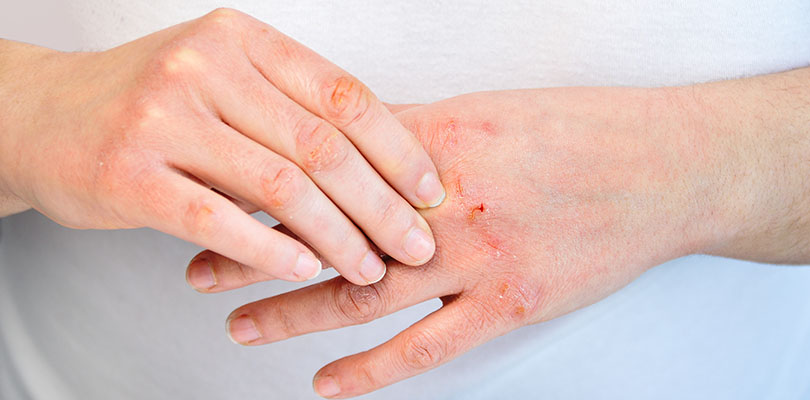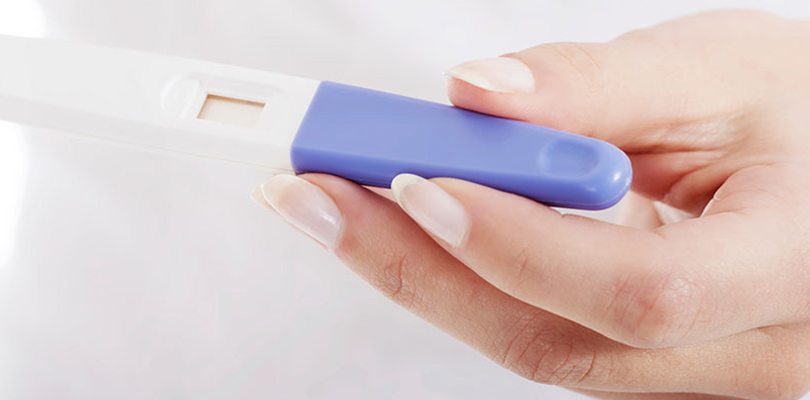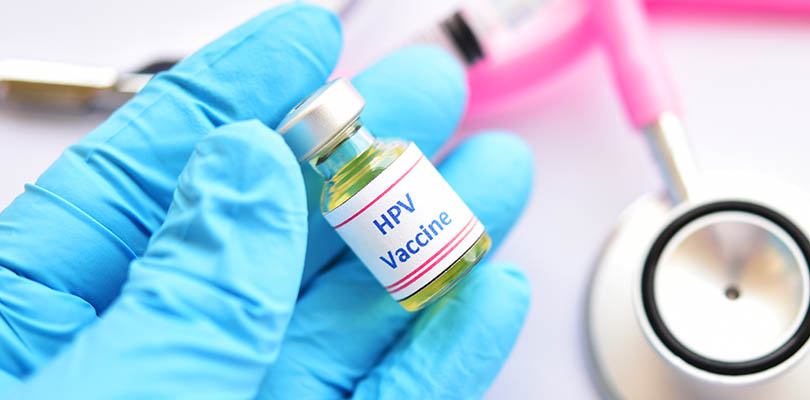What Is Atopic Dermatitis?
Atopic dermatitis (AD) is commonly referred to as eczema. While there are several different types of eczema, atopic dermatitis is the most common.
This is a skin condition that can usually first presents in children and can persist into adulthood. Atopic dermatitis typically presents as a red itchy rash, usually on the cheeks, arms, and legs. It can vary in the duration and intensity when it appears, sometimes going away entirely.
However, the lack of active rashes does not always mean that a person will remain asymptomatic. AD is also linked to hay fever and asthma. Individuals who have either or both conditions are at an increased risk of developing eczema.
While researchers aren’t sure what causes AD, they recognize that there is likely a genetic influence with environmental factors that trigger episodes. It is likely that these environmental factors trigger an overreaction from the body that is exhibited as a rash. Researchers have found a link in AD and a mutation in the gene that is responsible for producing filaggrin.
Filaggrin is a protein that protects the surface of the skin. When filaggrin is not present on the skin, it allows for bacterial or viral infections and an increased moisture loss. Researchers believe that approximately 10 percent of all people will be affected by AD at some point in their lives.
Symptoms of Atopic Dermatitis in Adults
AD is typically first seen in children under the age of five. Atopic dermatitis symptoms may persist into adulthood, and occasionally, the first presentation of AD can be seen in adulthood.
When AD presents in adulthood, it can be difficult to diagnose. Recent studies show that women are slightly more likely than men to have AD. The symptoms are typically seen in the limbs, eyelids, and perioral region (around the mouth).
Symptoms of Atopic Dermatitis in Children
AD is primarily identified in people before they are five years old. Studies suggest that between 15 to 20 percent of children will have some form of sickness.
In children with AD, red itchy patches may appear on the skin. Continued irritation of these areas can result in blisters, oozing, sores, and crusting. If these atopic dermatitis symptoms persist for months, some patients have reported skin darkening and a leather-like appearance. These issues are caused by the continued aggravation and toughening of the skin.
In younger children and infants, the rash is commonly found in the legs, face, and scalp. For older children, it is found in the insides of the elbows and the backs of the knees. In severe cases, the rash can be found over most of the body.
What Triggers Atopic Dermatitis?
Atopic dermatitis is a genetically caused disease, so there isn’t anything that you can do to avoid contracting the sickness. However, there are several known factors that can be attributed to triggering an episode. These triggers are:
- Certain foods
- Tobacco smoke
- Low humidity or dry air
- Sand
- Dust
- Sweating
- Extended exposure to hot water (long bathing)
- Stress
- Strong soaps
- Perfumes or colognes
- Scratchy fabrics
- Pollen
- Mold
- Animal dander
There are different kinds of sleep problems; some are annoying, causing daytime fatigue, while others put us at risk for serious illnesses and injuries.
Some of these triggers are more easily avoidable than others. While avoiding certain fabrics can be a daily choice, the exposure to your environment can be more difficult. In these situations, the liberal use of lotions or creams to help hydrate the skin can help reduce the chances of a severe episode.
If you would like to quit smoking, see your medical professional and request information, guidance, or medication to help you quit.
Treatment for Atopic Dermatitis
If avoidance of these triggers does not reduce the effects of eczema, consult with your physician to develop a care plan appropriate for you. This may include over the counter medications or stronger prescription options. Typical medication types are:
- Antihistamines
- Antibiotics
- Immunosuppressant therapies
- Physical Treatments (light treatments or medical dressings that cover the affected area)
Some patients have also seen success using home remedies in treating the rash. One possible solution is using diluted bleach baths, taking special care to not get the bleach water into the eyes or mouth. Additional tips to help reduce the itching include topical creams or ointments, cool baths, very soft clothing and bedding, and utilizing humidifiers in arid environments.
The exposure to harsh chemicals on fabrics that contact your skin can also act as irritants. Several laundry detergent brands now offer a line that does not contain artificial dyes or scents. These may help to reduce the irritation that leads to the appearance of the rash.
Overview
Atopic dermatitis is a severe form of eczema. Although it is a common infection in children, it tends to disappear or reduce in frequency and severity with age. There are several triggers that may introduce or increase the severity of the rash.
If avoidance of these triggers does not produce significant results, your physician can provide alternate treatment plans in prescription or over the counter medications. If you or your child suffers from atopic dermatitis ad you have more questions, please contact your physician to discuss your concerns.







